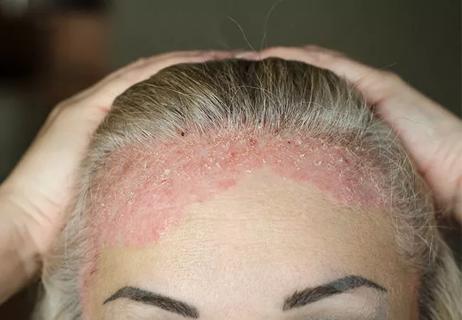Where are the patients?

Advertisement
Cleveland Clinic is a non-profit academic medical center. Advertising on our site helps support our mission. We do not endorse non-Cleveland Clinic products or services. Policy
Knowledge of spondyloarthritis (SpA) in our field has progressed rapidly over the past generation and in particular over the past 15 years. From the beginnings of its clinical recognition in the nineteenth century as Marie-Strumpell Disease, to the molecular discovery of the association with HLA-B27 in the early 1970s, the view of the illness has changed dramatically.
More recently, we have come to appreciate that not only is the advanced phenotype of the disease fortunately diminishingly rare, but our ability to detect and treat patients with early disease has greatly improved. Recent studies increasingly support the conclusion that with both aggressive use of NSAIDS as well as a growing list of biologic therapies, we can actually alter the natural history of the disease in many patients.
Early detection is key for patients with SpA to benefit from advanced care and treatment to control their underlying inflammatory arthritis and any formidable comorbidities. It’s common knowledge in rheumatology practice that though we believe SpA to be as common as rheumatoid arthritis (RA), we see it far less often in clinic. We hoped the recognition of nonradiographic axial spondyloarthritis, defined similarly to radiographic disease but without changes on plain X-rays, would close this recognition gap, but it has not appeared to do so. Instead, it simply highlights the epidemiologic conundrum – where are the patients?
The foundation to our answer lies in the commonness of back pain in the general population. Rheumatologists do not see a fraction of such patients. The National Health and Nutrition Examination Survey (NHANES) data on low back pain show that up to 20 percent of people have chronic back pain and, more importantly, 5 percent of the overall population has inflammatory back pain which can be a useful gateway for SpA diagnosis.
Advertisement
It seems many patients with SpA are being treated for back pain in primary care, chiropractic and orthopaedic settings. A recent study examining primary care practice found that among patients with chronic low back pain < 45 years of age, up to 25 percent may have unrecognized SpA. Another study showed that up to 40 percent of patients with new onset iritis may have unrecognized SpA, and that a simple algorithm enables detection of SpA. Clearly, we need to develop creative and productive educational programs designed to help providers increase their skills at suspecting and diagnosis SpA.
Osteopathic family physicians are a vital link in the public health approach to patients with low back pain as evidence demonstrates that they see a disproportionate number of patients with low back pain when compared to their allopathic counterparts. I’m currently currently working with the American Osteopathic Association and the American College of Osteopathic Family Physicians to create educational programming with specific objectives designed to detect previously unrecognized patients with SpA, optimize their diagnosis and treatment, and refer when appropriate for advanced care to rheumatologists.
To address the many learning opportunities in PsA and SpA, we will be holding a summit April 6-8, 2017, at the InterContinental Hotel and Conference Center in Cleveland, Ohio, designed for all clinicians caring for patients with autoimmune and autoinflammatory diseases. M. Elaine Husni, MD, MPH, will chair a half-day session on these disorders featuring the expertise of Dafna Gladman, MD, Michael Weisman, MD, Philip Mease, MD, and Christopher Ritchlin, MD, MPH. The summit will also highlight the hopes and challenges of precision medicine for the nearly 50 million people in the U.S. with disorders of immunity.
Advertisement
For registration and additional information on the Summit, visit www.ccfcme.org/biotherapiesVII.
This activity has been approved for AMA PRA Category 1 Credit™.
Dr. Calabrese is Director of the R.J. Fasenmyer Center for Clinical Immunology in Cleveland Clinic’s Department of Rheumatic and Immunologic Diseases.
Advertisement
Advertisement

Untreated seropositive erosive RA led to peripheral ulcerative keratitis

Patient perceptions of disease provides valuable dimension to assessment

Patient reported outcomes differentiate between remission and low disease activity in PsA

Evidence-based, internally validated method for risk evaluation

What rheumatologists should know

CAR T-cell therapy may offer reason for optimism that those with SLE can experience improvement in quality of life.

Unraveling the TNFA receptor 2/dendritic cell axis

Nasal bridge inflammation, ear swelling and neck stiffness narrow the differential diagnosis